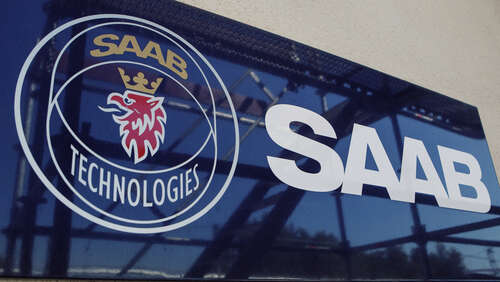
While the previous propellor-driven model, the Saab J21, featured good competitive performance for its time, once Saab installed a jet engine, issues with the frame came to light. Aerodynamically, Saab’s J21R frame wasn’t suited for the speeds or demands a jet engine could achieve. Top speed was limited, and the aircraft was difficult to control, which are not qualities you want in a fighter plane.
The outdated frame created drag, and jet engines back in those days were less efficient than modern variants, so the J21R initially had a low range. According to Military Factory, in just 40 minutes of flying, pilots would run through their fuel supply, severely limiting the usefulness of the aircraft. Saab’s J21R was not comparable in performance to other jet fighters available at the time.
In fact, after experimenting with more powerful Goblin II and Goblin III turbojet engines capable of up to 3,305 pounds of thrust to no avail, the plane was grounded by 1954. Fortunately, Saab was already hard at work on more advanced models that would provide competitive performance in the air. Military services worldwide have sunk a fortune into their air forces over the years and crafted some of the most expensive military aircraft ever built.

